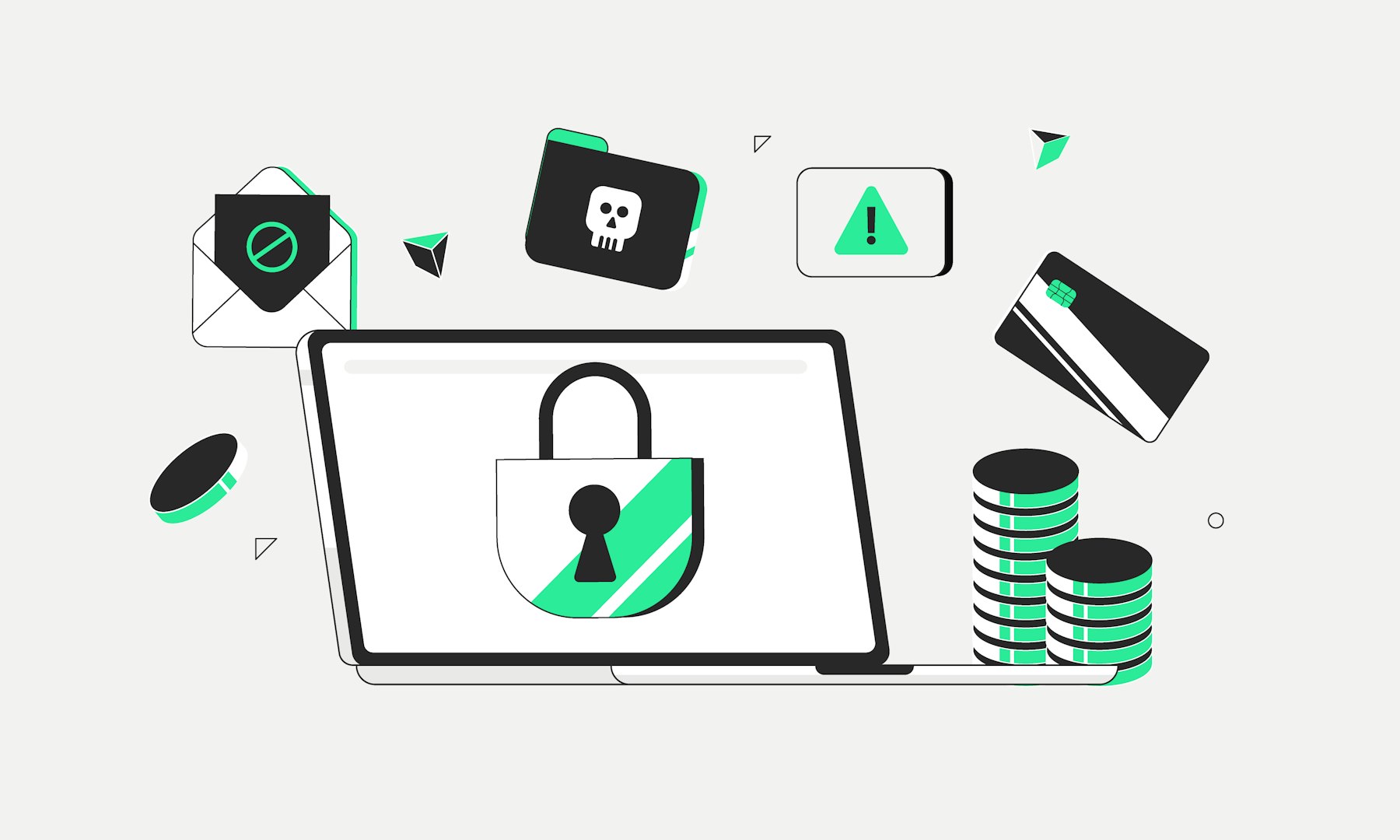What is a rug pull?
The term "rug pull" metaphorically describes the act of pulling the rug from under someone, leaving investors destabilised. In the world of decentralised finance (DeFi) and cryptocurrencies, a rug pull is a scam where project developers withdraw all funds from a project and abandon it. The project loses its value, leaving investors with worthless tokens or coins.
Developers often create tokens and lure investors with promises of high returns or groundbreaking technologies. Once sufficient funds are amassed, they withdraw all liquidity, leaving investors in the lurch. Understanding rug pulls is vital for protecting yourself, particularly when investing in new and less-established projects.
Significance of rug pulls in the crypto world
Rug pulls are among the most damaging crypto scams, not only ruining individual investors but also eroding trust in the crypto sector. Alongside scams like phishing attacks, ICO scams and pump-and-dump schemes, rug pulls inflict significant financial and reputational damage.
How does a rug pull work?
Rug pulls involve convincing investors to buy into projects tied to coins, tokens, or NFTs, often linked to established cryptocurrencies like Ethereum (ETH). Promises of high returns and endorsements from trusted figures inflate the asset's value. The scammers then withdraw the funds and abandon the project, rendering the purchased assets worthless.
Rug pulls are categorised into hard pulls and soft pulls, which differ in execution:
Hard pull:
Developers withdraw all liquidity at once, transferring funds to their wallets. The token loses all value instantly, leaving investors with worthless assets.
Soft pull:
Funds are siphoned off gradually over time, maintaining the illusion of an active project. Developers may provide updates or engage on social media to appear legitimate, but eventually abandon the project.
Recognising and avoiding rug pulls
While rug pulls can be devastating, you can mitigate the risks by recognising red flags and conducting thorough research:
Warning signs:
Anonymous developers: legitimate projects have transparent teams with verifiable experience.
Unrealistic returns: be wary of promises of high, risk-free returns.
No audits: lack of independent audits increases the likelihood of hidden risks.
Centralised liquidity control: projects where developers control liquidity pools are high-risk.
Misleading whitepapers: vague or overly technical documents may conceal fraudulent intentions.
How to avoid rug pulls:
Research thoroughly: review the team, community, and project history. Avoid projects with unclear structures.
Check liquidity pools: snsure the project has a stable and sufficient liquidity pool.
Use trusted platforms: invest via reputable exchanges with security checks.
Monitor community activity: a genuine, engaged community is a positive sign.
Diversify your investments: avoid concentrating funds in a single project to minimise risks.
